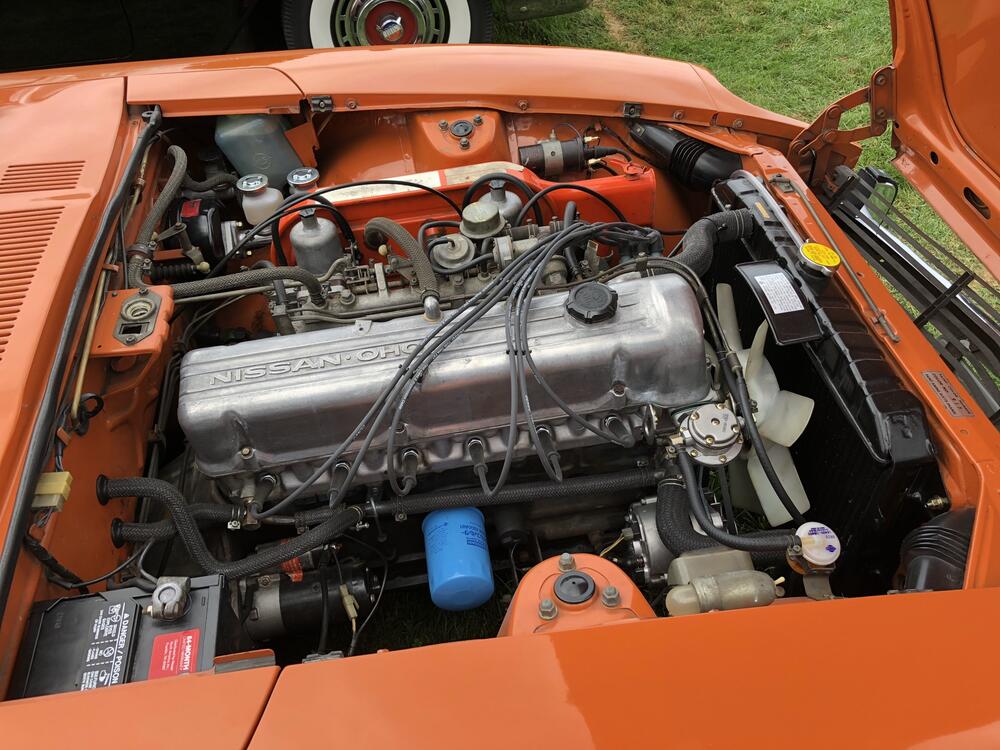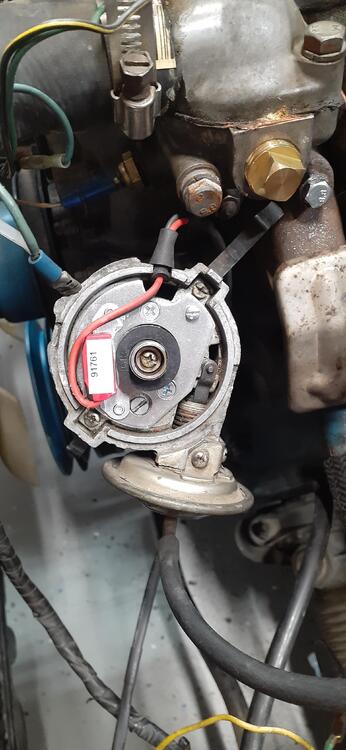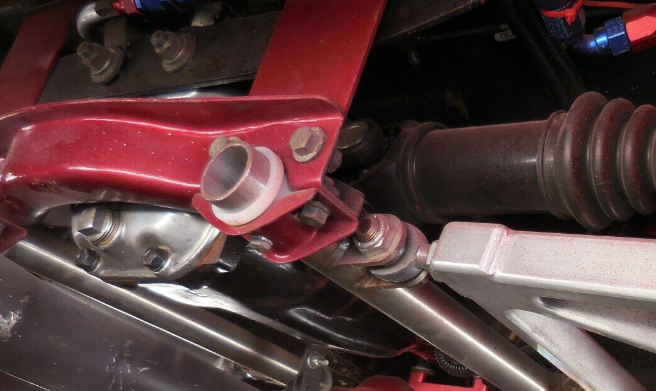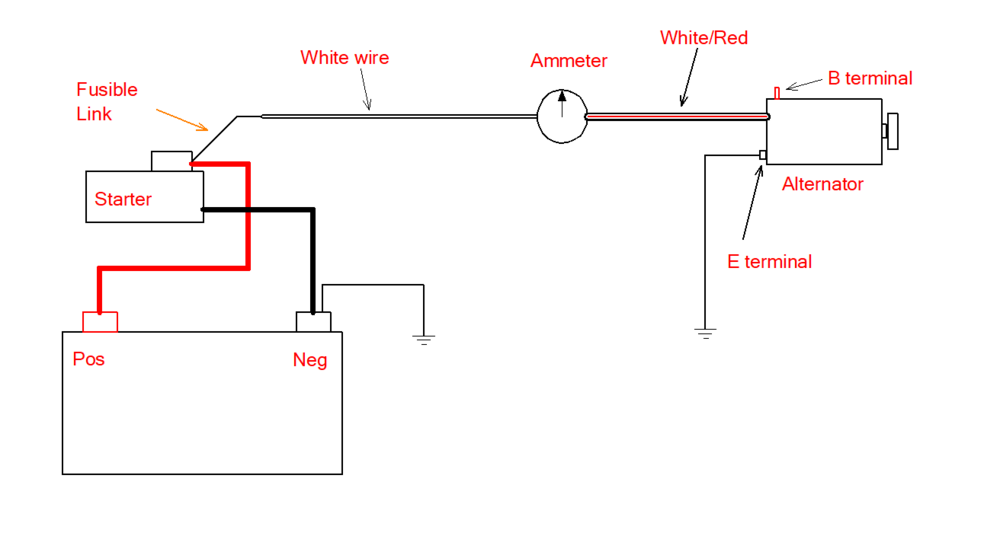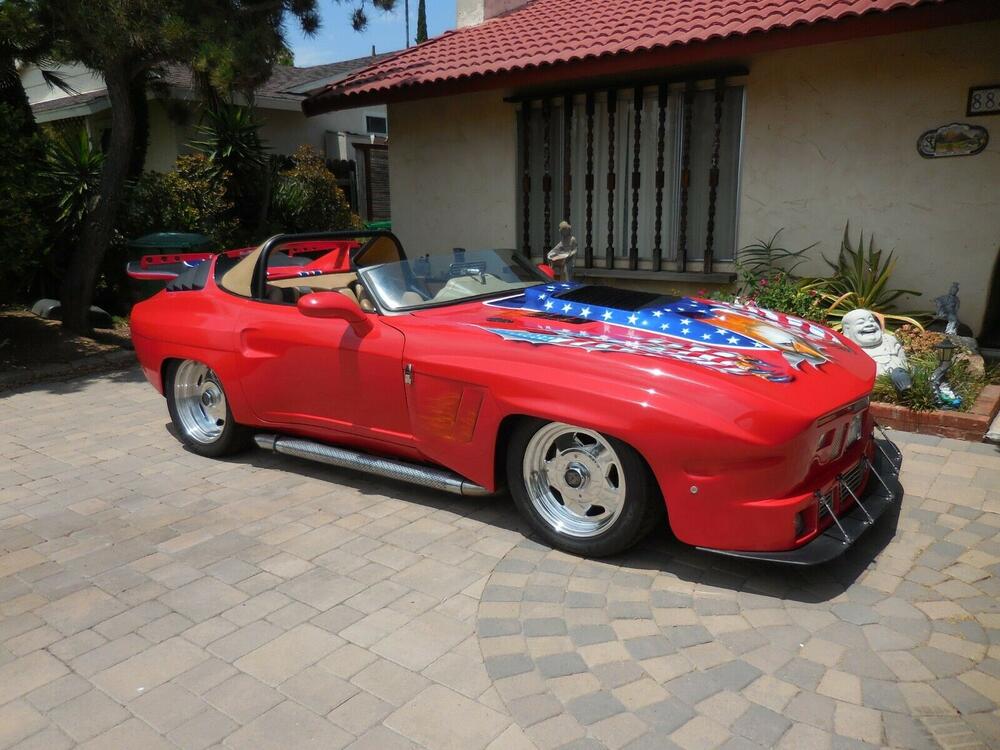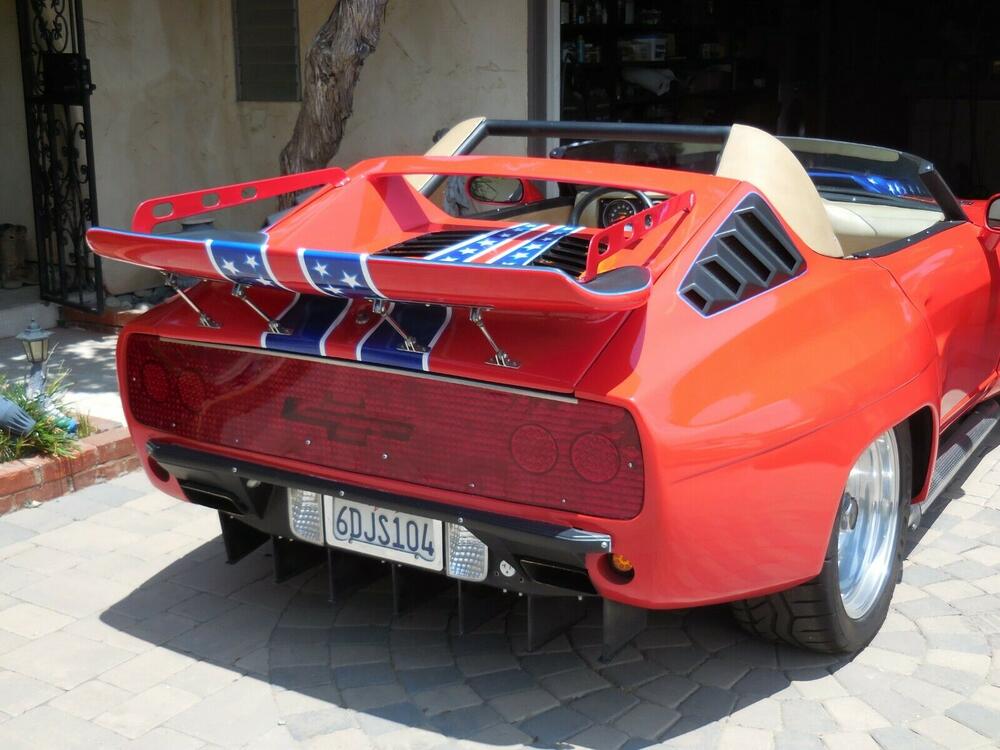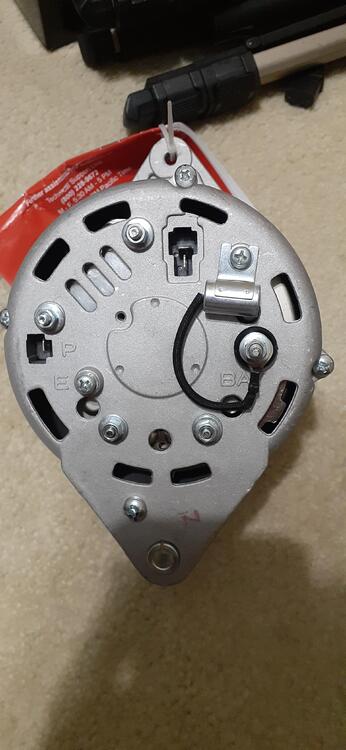Perfect. That means we're doing it right.
So to your final question about vacuum bleeding vs. pressure bleeding...
Again, I'm no expert on the topic, but I would suggest pressure bleeding over vacuum bleeding for a couple reasons.
First, I believe you can generate a whooooole lot higher pressure differential with the master cylinder. I didn't research it, but I would expect that when you push the pedal hard, you can generate hundred(s?) of PSI in the lines. But if you're drawing a vacuum, the max vacuum you can achieve is less than one atmosphere (less than 15 psi). So for pressure bleeding, your pushing fluid through the lines with hundred(s) or PSI, but with vacuum bleeding, your pulling fluid through the lines with less than 15. Seems you would be much more likely to generate that bubble-free "slug" of fast moving fluid if you're using a higher pressure differential.
Second, the seals used in the system are designed to keep pressure IN, not keep pressure OUT. All the seals are angled in such a way as to designate which side is the high pressure side and which is the low pressure side. The seals are all designed to expand outward and provide more sealing force when the pressure behind them increases.
I've run the exact same scenario that Zed Head did (bleeding a clutch slave cylinder) and when I released the slave plunger, it pulled air past the seal back into the fluid side. So either he got lucky, or I got unlucky, but what worked for him did not work for me. I had to pressure bleed because the vacuum generated when I released the slave plunger allowed air in faster than it would pull fresh fluid from the clutch master.






